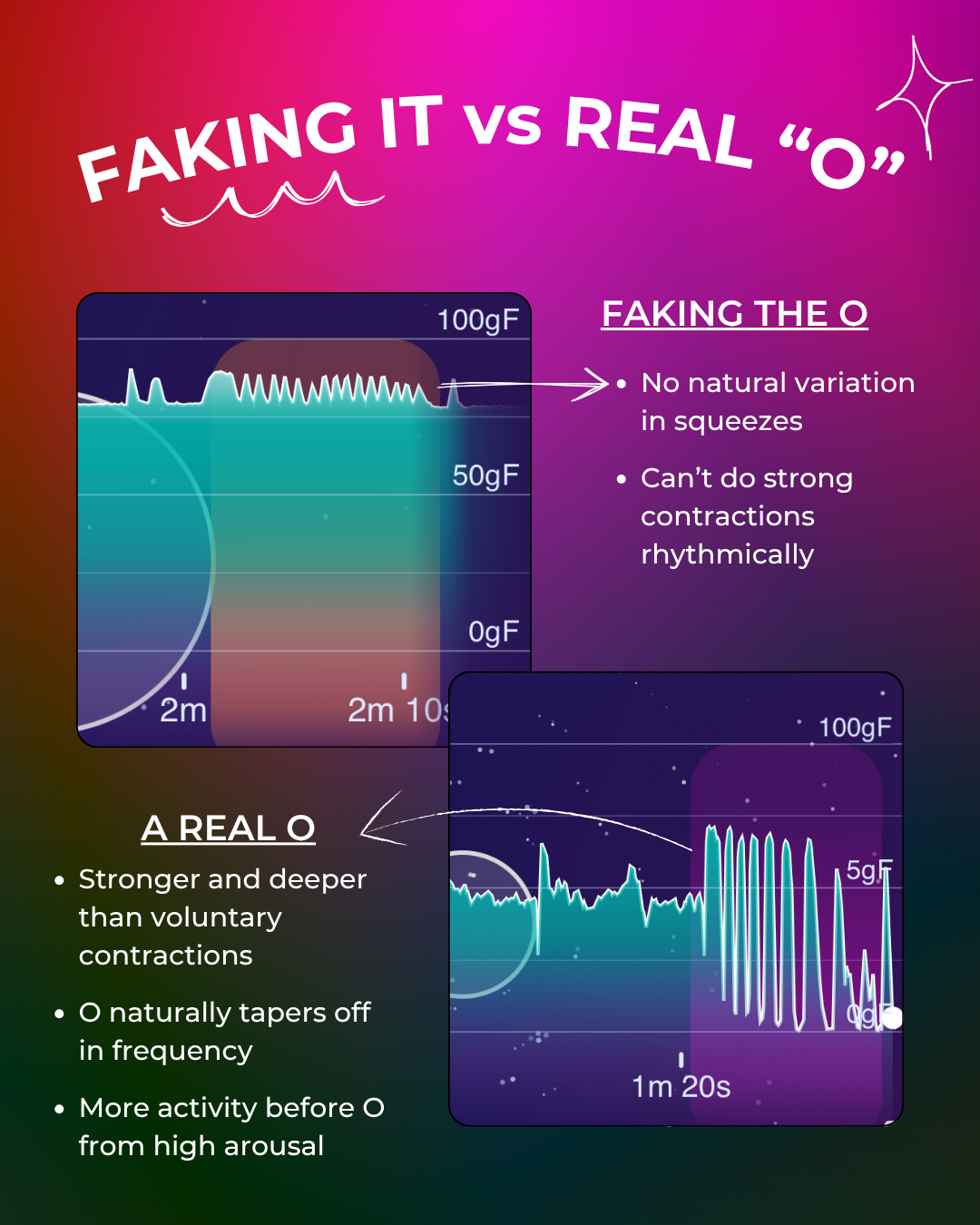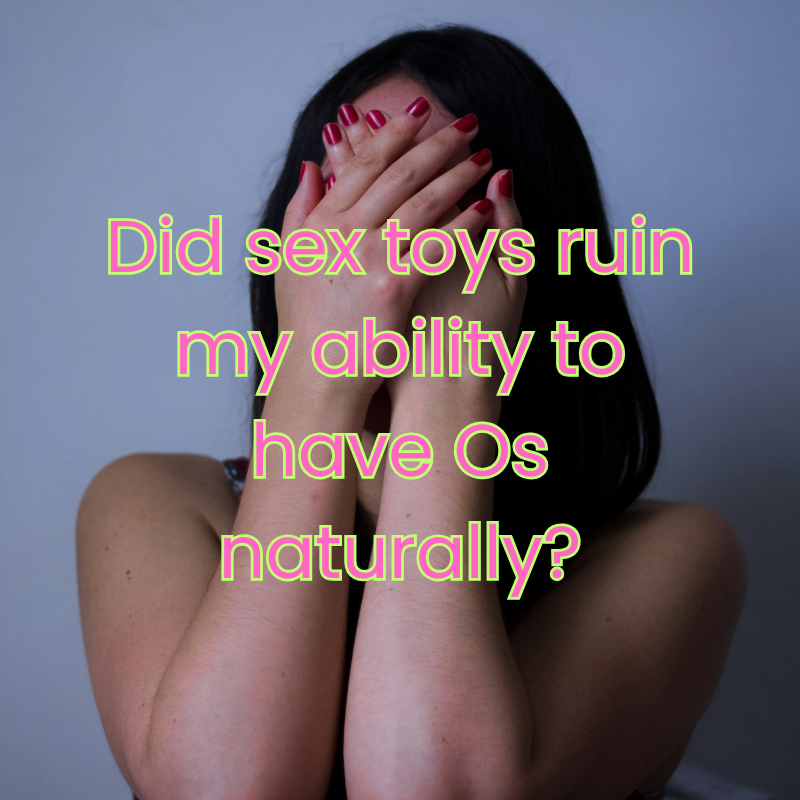
By Lindsay Curtis
Remember the saying, “No two snowflakes are alike”? The same can be said for vulvas.
There are a lot of expectations around the idea of perfection and how we "should" look, and the vulva has not escaped these unrealistic beauty ideals. In the quest for perfect-looking genitalia, many are turning to cosmetic procedures such as labiaplasty, laser hair removal, and the latest trend — vaginal bleaching.
A quick Google search for “vaginal bleaching” turns up countless options for creams, lotions, and laser treatments designed to lighten the vulva and bikini area.
But what is it, and should you do it? Read on to learn more about the latest trend in vulvar modification:
What is Vaginal Bleaching?
Vaginal bleaching — sometimes called vaginal lightening, or intimate area lightening — is a procedure that uses topical creams, chemical peels, or laser treatments to lighten the labia and skin around the bikini area.
Despite the name, vaginal bleaching does not actually involve using bleach. Nor does it involve the vaginal canal, but rather the vulva and surrounding area.
Vaginal Lightening Products & Creams
Topical vaginal bleach products contain active ingredients that temporarily lighten the skin, such as kojic acid (a chemical exfoliant derived from a fungus) or hydroquinone, which has been banned in Europe due to its potential for harm.
Many of these creams and lotions are available for purchase in stores and online for at-home use. Some dermatologists and estheticians offer in-spa/in-office topical cream and chemical peel treatments for vaginal lightening, too. Topical lightening solutions are temporary, and many have to be applied several times to see results.
Products marketed as skin bleaching aids are not regulated by the FDA and are potentially unsafe and ineffective.
Laser Vulvar Bleaching
Some plastic surgeons, dermatologists, and estheticians offer laser intimate area bleaching. This procedure involves using laser technology to remove thin layers of pigmented skin to reveal lighter, less pigmented skin cells beneath. It may take several laser treatments over the span of 2-3 months in order to achieve the desired results.
DIY Vaginal Lightening
Some people use household items — most of which can be found in your kitchen — in an attempt to lighten their genital and bikini areas.
Buttermilk, for example, contains 3-4% lactic acid, which may help lighten brown spots and create a more even skin tone. A mixture of lemon juice & honey is sometimes used to lighten skin, though there’s no scientific evidence to back up the effectiveness of this method.
If you do try at-home vaginal lightening remedies, remember to thoroughly wash your vulva afterwards, so you don't upset the delicate pH balance in your genital area.
Why do people choose to lighten their intimate area?
For the most part, vaginal bleaching is about aesthetics.
Vulvas are all unique in appearance and coloring, but some argue that the porn industry has made women feel self-conscious about their vulvas, and feel as though they need to partake in body modifications like laser hair removal, Brazilian waxing, and vaginal bleaching.
Other folks would say that this pressure to have light skin is a product of sexual racism.
No matter which it is, the truth is the labia majora (external labia) are a naturally darker skin tone than the skin surrounding it. And though this hyperpigmentation is normal, some people feel self-conscious about it.
For some, unrealistic expectations of what the vulva is supposed to look like cause an insecurity. As a result, they turn to intimate lightening hoping to achieve a certain look, rather than accepting that there is no "normal" appearance of the vulva.
Others may try vaginal lightening because their partners prefer the look, or they believe the differences in coloring in their intimate area are unattractive.
It’s important to remember that the pigmentation of labia changes throughout the course of your life. Age, pregnancy, and hormone levels all cause color variations in the vulvar area. This is completely normal, and absolutely nothing to be ashamed of.

Is vaginal bleaching safe?
In a word: no.
The skin around your vulva is more sensitive than other areas of the body. While lasers or topical creams used by a doctor or certified salon are typically safer than at-home options, vaginal bleaching can cause a host of unwanted side effects, even when done correctly.
“It’s important to keep in mind that the vulvar tissue is very sensitive and thin, and can react very easily to irritation or chemicals,” says Florida-based dermatologist Dr. Anna Chacon. “Potential side effects include irritation, burning sensations, blisters, redness, allergic reactions, and even scarring in severe cases.”
Research suggests that some ingredients found in vaginal lightening products may contain carcinogens and increase the risk of cancer. One study found that women who use skin lightening creams are at a higher risk of developing hypertension, diabetes, and neurological disorders.
The American College of Obstetricians and Gynecologists (ACOG) advises against vaginal bleaching, stating that cosmetic procedures performed on genitals “are not medically indicated, and the safety and effectiveness of these procedures have not been documented.”
Alternatives to vaginal lightening
If you’re on the fence about vaginal lightening, there are other, less risky things you can do to accept your vulva and get comfortable with any color differences in your genital area.
Take a look at other vulvas
For many of us, the only other vulvas we’ve been exposed to are the ones we see when we watch mainstream porn. Those aren’t necessarily an accurate representation of the diversity of vulvas.
Just like any other body part, vulvas come in all shapes, sizes, and colors. Looking at other vulvas may help you gain an appreciation of your own vulva, and develop an understanding that there is no “perfect” way for your genitals to look.
There are tons of photo galleries online dedicated to showcasing the uniqueness of vulvas, and how beautiful they all are in their own way:
- Artist Jamie McCartney spent 5 years creating hundreds of plaster casts of vulvas for the “Great Wall of Vagina'' to demonstrate the variation in vulvas and celebrate the many forms vulvas can take.
- The Labia Library — run by Australia not-for-profit Women’s Health Victoria — shows ‘the natural diversity of women’s genitals’.
- Photographer Laura Dodsworth put vulvas in the spotlight in her book Womanhood: The Bare Reality, in an effort to allow women to share their stories, and celebrate the uniqueness and beauty of their bodies.
Give body neutrality a try
While it's easy to suggest you learn to love and accept your vulva as it is, we understand that's not always feasible. Instead, give body neutrality a try rather than worrying that your vulva needs to look a certain way.
“Genital bleaching is related to a cultural notion that female genitals are unattractive,” says Carol Queen, PhD and Staff Sexologist at Good Vibrations. “Some women find their own vulva a source of shame, and may be prone to being manipulated into unnecessary procedures to alter them.”
So, how can you get to this place of neutrality? Get to know your vulva.
Use a small hand mirror or even the camera on your phone to look at your genitals. This can feel a little awkward at first but keep at it. Getting intimately familiar with your vulva’s folds, your labia, and your external vaginal canal can go a long way in self-acceptance.
Rather than looking at its flaws, think of any neutral statements about your vulva that you can agree with:
- My labia majora protects the rest of my external genitalia.
- The color of the skin around my clitoris does not change how pleasurable it feels to touch it.
- Having darker skin did not stop my vagina from bringing a child into the world.
- My external genitalia function properly, despite looking different than I would like them to.
Masturbation can help with this, too. Spend some time really feeling yourself, with your fingers or with a sex toy, to show yourself some love that isn't dependent on what your vulva looks like, just how it feels.
If you can, use a mirror to see the changes in your vulva as you get aroused. Increased blood flow to the genitals naturally darkens the color of the vulva during arousal — even vaginal bleaching doesn’t change this biological fact. The natural color of your vulva eventually returns post-arousal.
Where does Lioness stand on vaginal bleaching?
How do we put this lightly? (See what we did there?)
Don’t do it. Love your labia and leave them alone. If you can't love your labia, we get that too...but still leave them alone.
We are NOT advocates for vaginal bleaching. It’s simply too risky, in our opinion. Just like the rest of our bodies, vulvas have been subjected to unrealistic, harmful beauty standards. Still, what you do with your body is ultimately your choice. We hope you know that the color of your vulva isn’t something you should have to worry about or change.
Here at Lioness, we believe that vulvas are beautiful as they are.
Explore your pleasure with the Lioness Vibrator!
Lioness is the first and only vibrator that helps you improve your orgasms.
The world’s most advanced vibrator. Precision sensors let you literally see your arousal and orgasm. Experiment, understand yourself, and have better orgasms—after all, as the saying goes, “never measured, never improved.”
Click here to learn more about the Lioness.




